Followed Fran Boschet
4 years ago
Was reading Unfixed Timelines
5 years ago
Followed Johannes Saca
5 years ago
Followed C.C. Winchester
5 years ago
Was reading What If?
5 years ago
Followed Debbie Pinkham
5 years ago
Was reading No Mal
5 years ago
Followed Cassie Wells
5 years ago
Added No Mal to Favorites
5 years ago
Followed
5 years ago
Was reading Our Prairie Dream
5 years ago
Was reading Thirteen Moons
5 years ago
Followed Zac Wilson
5 years ago
Followed L.M. Giannone
5 years ago
Was reading A Touch of Noir
5 years ago
Was reading Super
5 years ago
Followed Summer Kurtz
5 years ago
Was reading Extreme Esteem
5 years ago
Was reading Channillo Short Story Contest Winners
5 years ago
Was reading Colors
5 years ago
Was reading Feminist Flicker - Decoding Sexism In Movies
5 years ago
Followed Sarah Myles
5 years ago
Added Feminist Flicker - Decoding Sexism In Movies to Favorites
5 years ago
Was reading Nifty's Free Album Picks
5 years ago
Followed Tyler Zahnke
5 years ago
Was reading Bang to Begin.
5 years ago
Was reading trees like paintbrushes
5 years ago
Followed A. A. Parr
5 years ago
Was reading I Wrote You This Poem
5 years ago
Followed K.A. Crystal
5 years ago
Followed Kerriann Curtis
5 years ago
Followed Jethro Weyman
5 years ago
Followed A. S. Deller
5 years ago
Followed Christina Crahall
5 years ago
Followed Bill McStowe
5 years ago
Followed Ibrahim Oga
5 years ago
Followed Kara Klotz
5 years ago
Followed Kay Gardner
5 years ago
Followed Celaine Charles
5 years ago
New Release: Observational Tools, Part Two: “Once you’re into a story…â€
6 years ago
New Release: The Image
6 years ago
New Release: Writing Exercise #3
7 years ago
New Release: Observational Tools, Part One: We Read Because
7 years ago
New Release: For This Free Write...
7 years ago
Commented on The Un-Writerly Guide to Narrative Design:
"Writing Exercise #1:
Here is my passage from one of my favorite short stories titled, “After the Storm†by Ernest Hemingway.
For the purposes of context, this story begins with its main character coming out from a bar and into the aftermath of an enormous storm. He’s looking to get away from a brawl, grabs a skiff and sails out to his own boat. It’s then that he realizes he’s the first one out on the water after the storm, and decides to scavenge whatever he can. He ends up heading toward a thick cloud of birds and finds the largest liner he’s ever seen, sunk in a bank of sand...
“I swam down and took hold of the edge of the port hole with my fingers and held it and hit the glass as hard as I could with the wrench. I could see the woman floated in the water through the glass. Her hair was tied once close to her head and it floated all out in the water. I could see the rings on one of her hands.â€
I chose this passage in particular, because of how it develops this character. It’s not enough to understand him simply by his action of heading out on the ocean to scavenge; it’s just as important to know what he’s scavenging from. Up until this point, the ship is just a ship, and then he sees the woman, drowned. What is key about this passage isn’t necessarily his dismissal of her, or rather, his lack of emotion to death, but what he decides to notice in the moment: “the rings on one of her hands.†From this, he knows the ship is rich, and tries all the more to get in.
In developing a character, sometimes it isn’t enough to show a reader what they do. Sometimes, the details they pay most attention to reveal their true character.
What passages did you find?"
View Discussion.
7 years ago
New Release: What is Narrative Design?
7 years ago








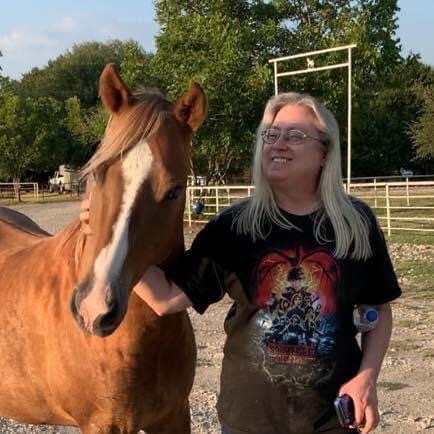
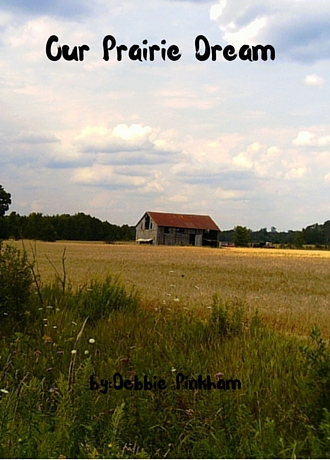
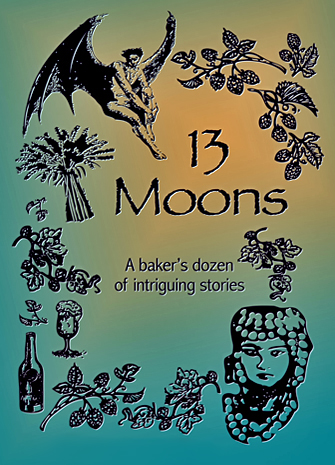







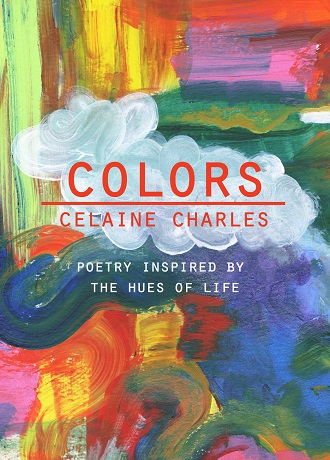

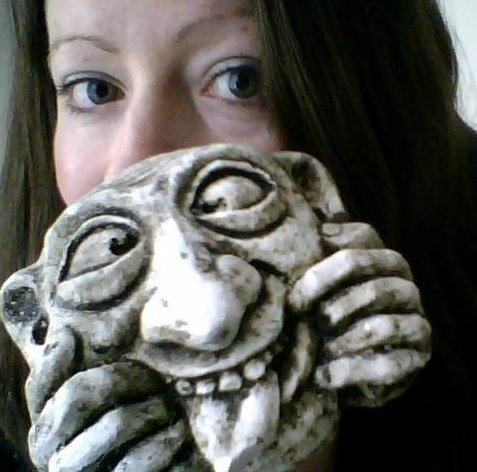


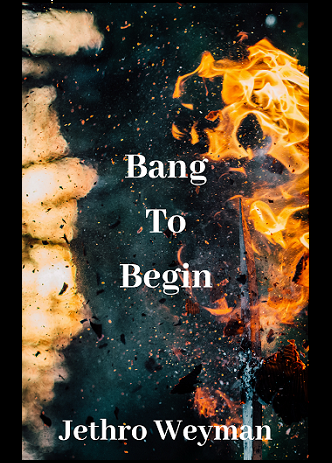



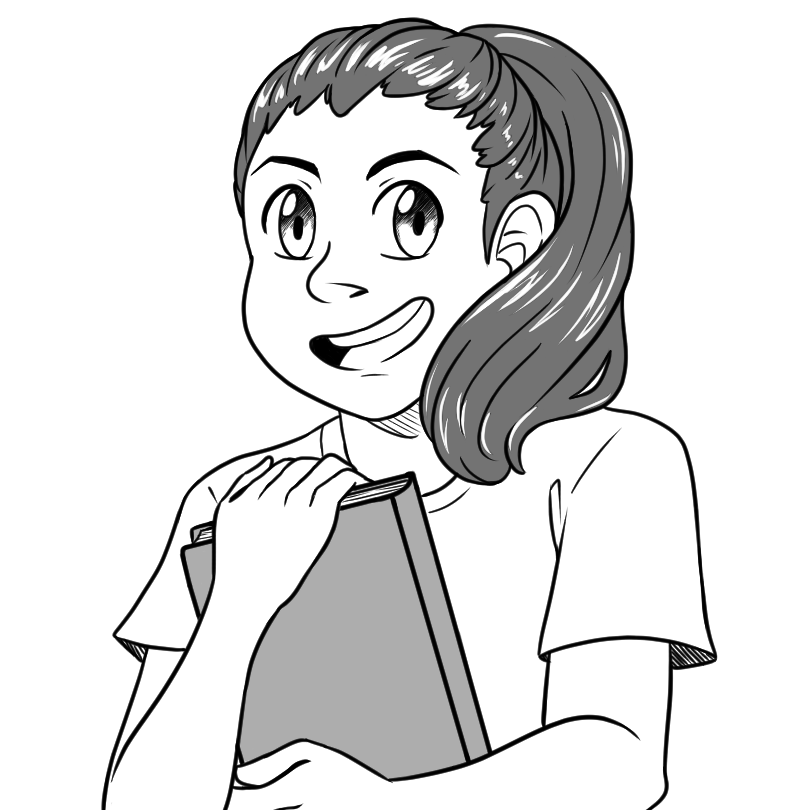



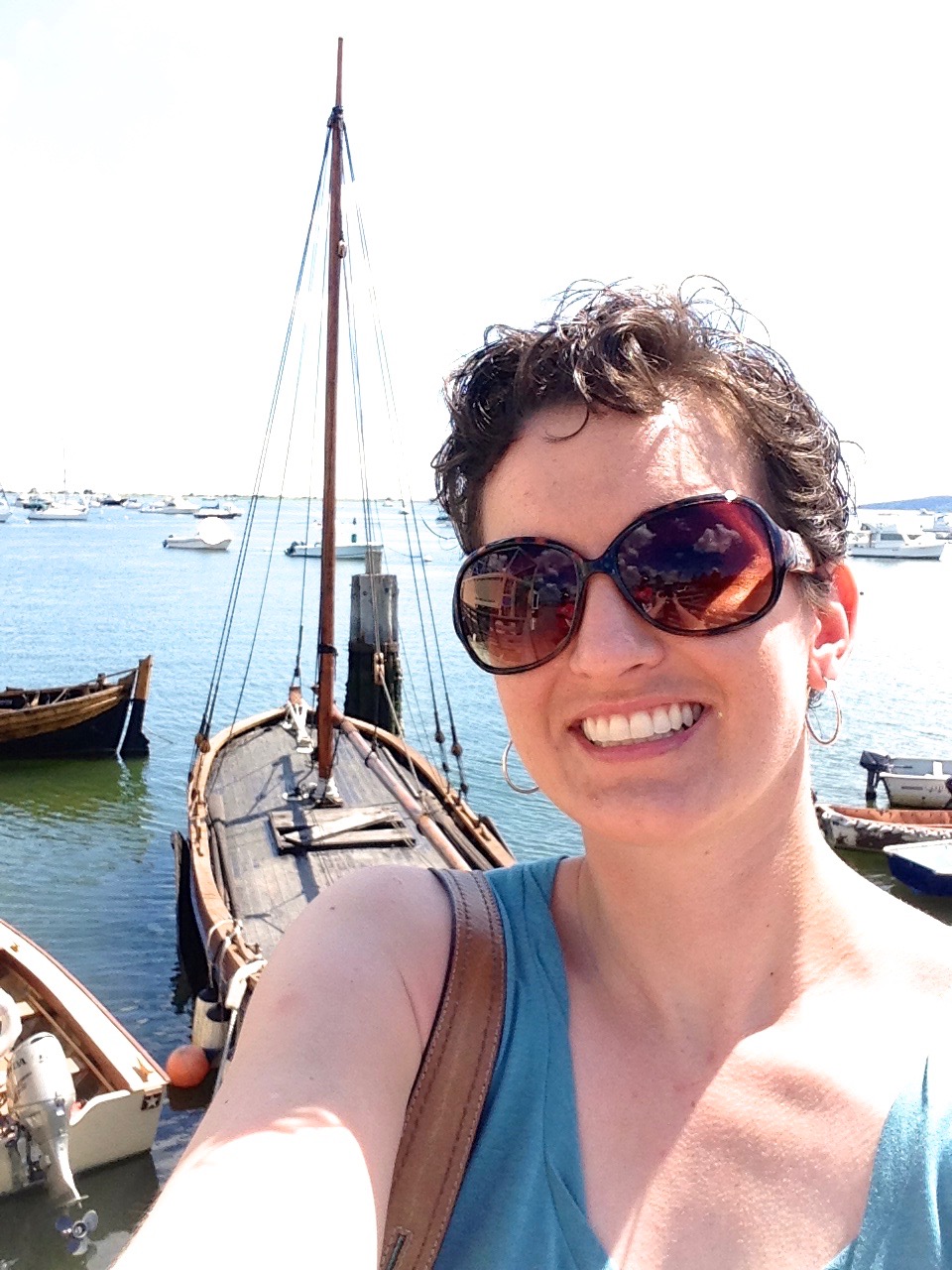
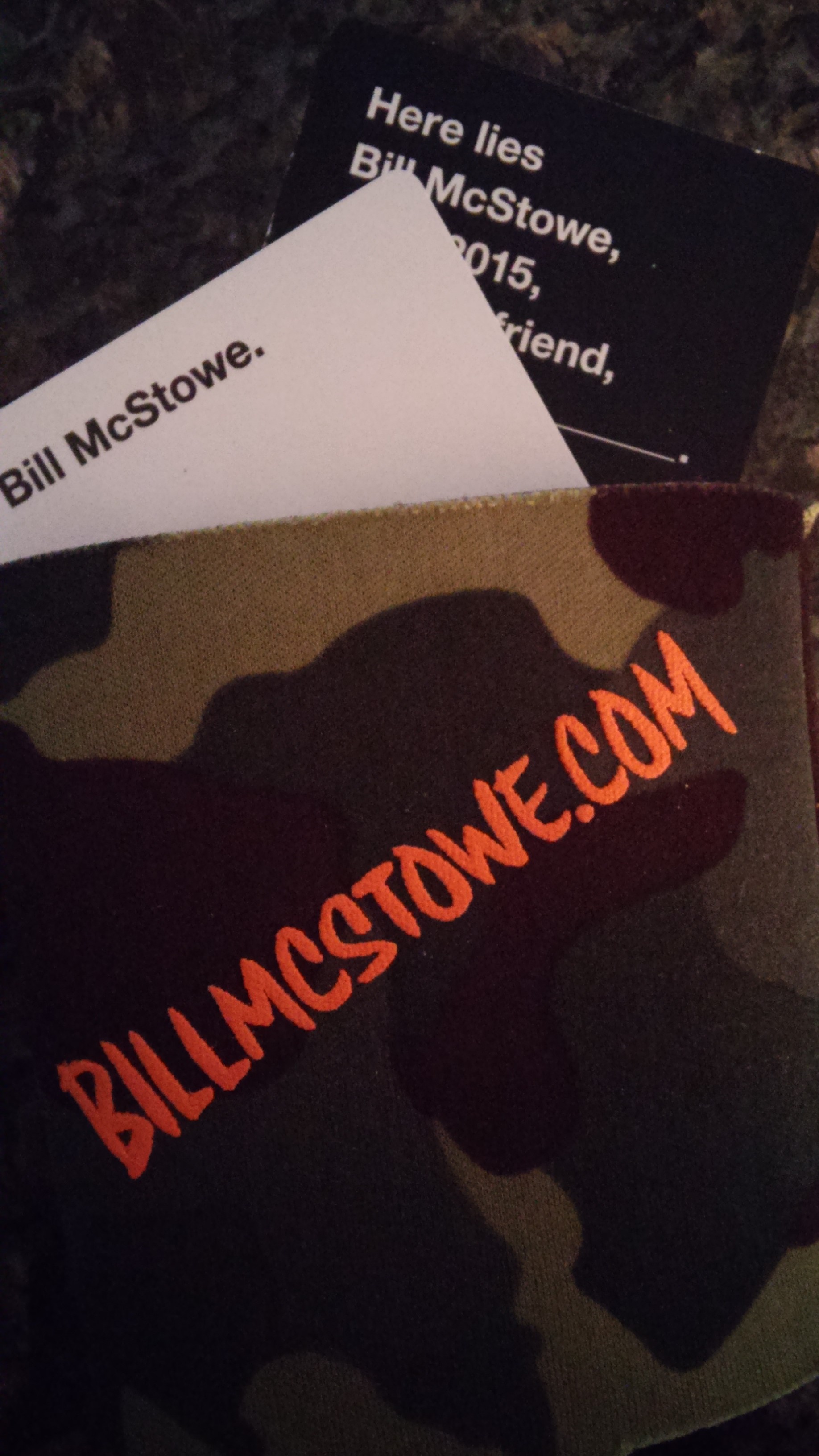

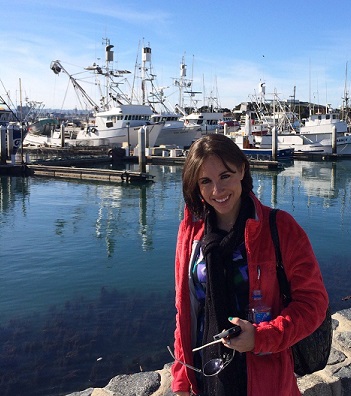


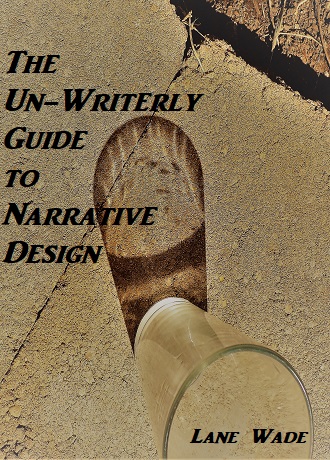
Commented on The Un-Writerly Guide to Narrative Design:
"Writing Exercise #2: The dunes are a long way from here, and they seem to go on forever. They seem to go on forever and they seem to never transgress their thoughts like words against a shattered eclipse becuase it's the only time i've ever said anything through a sliding glass door. Having two panes means there is no stopping. There is no stopping. There is nothing to put myself against a leanto or anything with bugs that won’t let me sleep in dirt and they’re like bunkbeds made of timber and twine and set in the canpoy. I only assumed that the boy scouts would fall. I can guess where these dunes are headed, only because of the box you showed me on the ride up here and how everything is in design for your purpose to show what they believe, but i can’t hel pbut do it with this stinging in my sight of the purple and ways to which to which this witch is nothing but a hectic spelling of words. Yes the dunes are a long way but the lond way is the only way to truly undrstand that there is nothing in common between us, though it’s only been a short time by your standards. It feels like forever to me, and only now I realize our blood doesn’t harden the same way as I thought all did in this mind in this house in this veil, but surely it dosn’t bother you one bit. If it did, these words would just be a way to say things like shortbread and popcorn and fake trees and bless you and clean that and get me and that’s mine and where’s that and who’s he and that’s fucked and say cheese and look up and have fun, let’s go there where the light is almost finished but the dunes are too far away and the light from this box only holds so much shadow."
View Discussion.
7 years ago